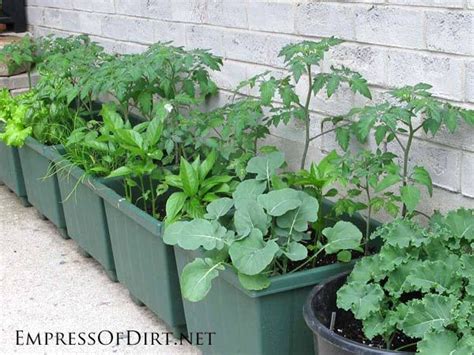When it comes to gardening, especially in containers, the primary rule is to ensure your container is large enough for the plants to grow and has adequate drainage. Incorporating water-retaining gel before planting and topping it with gravel or decorative stones can help the compost stay moist in warm weather while keeping the roots cool. A large evergreen shrub, for example, can adapt surprisingly well to container life.
For planting vegetables in containers, selecting a quality organic potting mix with good drainage is essential. This approach is not just practical but also adds a vibrant green flourish to your home. Container planting allows for the full display of characteristics like the imposing steel-blue sword-shaped leaves of certain plants, which bend as they grow tall, alongside spiky flower heads.
Gardening experts, including those featured on the Discovery Channel, Small Gardens, and Disney, emphasize the importance of selecting the right container. For instance, if you’re considering planting three palms in one container, a large container would be necessary. Containers come in various sizes and styles, including airtight plastic storage boxes and trunks, available in 18-90 litres, and glass jars ranging from 5 to 10 litres, suitable for a variety of uses.
When discussing large container ships, it’s interesting to note the classification based on capacity. Ships with a capacity of 10,000 to 20,000 TEU are classified as Very Large Container Ships (VLCS), and those with a capacity greater than 20,000 TEU as Ultra Large Container Ships (ULCS). Over the years, the introduction of ULCS with capacities over 20,000 TEUs has been a significant development in maritime transport.
For gardening, choosing a large, frost-resistant container is advisable to allow ample room for growth and prevent cracking in cold weather. Containers used in the meat industry and other sectors are often large, versatile, and food-grade. Some containers are designed to be spill-proof, making them suitable for homes with pets. Large claims from container ship incidents often stem from the increasing size of the vessels, highlighting the importance of appropriate sizing and safety considerations in container selection.


